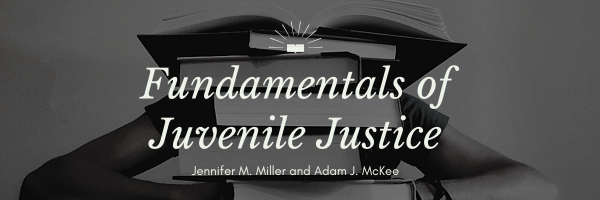This section offers a comprehensive look into the juvenile justice system, exploring its historical evolution, debating rehabilitation versus punishment, and examining the core principles that govern the treatment of young offenders. You’ll delve into the role of the community in supporting youth, compare international approaches to juvenile justice, and understand how these elements interplay to shape the policies and practices that aim to rehabilitate and redirect young lives toward positive futures.
Student Learning Outcomes for Section 1
- SLO 1: Explain the historical development of the juvenile justice system, including significant court cases, reforms, and shifts from punitive measures to rehabilitative approaches.
- SLO 2: Analyze the principles and debates surrounding rehabilitation versus punishment, including their impact on recidivism and long-term outcomes for juveniles.
- SLO 3: Discuss the fundamental principles of juvenile justice such as fairness, dignity, and the potential for rehabilitation, and how these principles are applied in various contexts within the system.
- SLO 4: Evaluate the role of community resources, family involvement, and education in supporting juvenile rehabilitation and the reintegration of young offenders into society.
- SLO 5: Compare juvenile justice systems internationally, focusing on different legal frameworks, the prevalence of restorative justice models, and the effectiveness of various approaches in reducing juvenile delinquency.
Modification History File Created: 04/26/2024 Last Modified: 05/03/2024
[ Text Section | Contents | Next]
You are welcome to print a copy of pages from this Open Educational Resource (OER) book for your personal use. Please note that mass distribution, commercial use, or the creation of altered versions of the content for distribution are strictly prohibited. This permission is intended to support your individual learning needs while maintaining the integrity of the material.
This work is licensed under an Open Educational Resource-Quality Master Source (OER-QMS) License.

